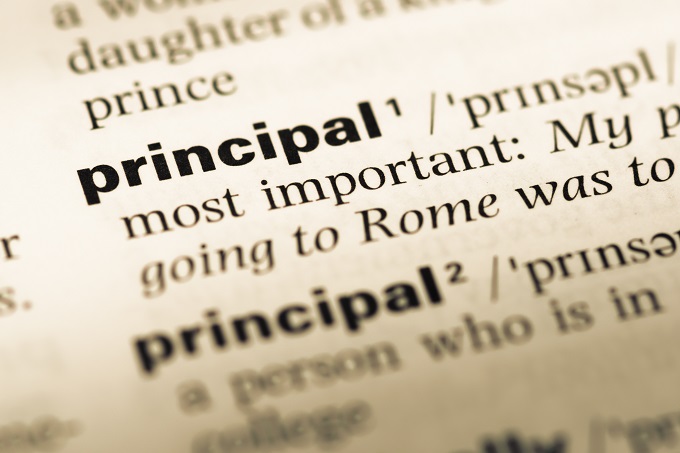
According to a new statement by NZSTA, “Boards of trustees value their principal’s contribution and advice. We would not wish to lose that.
“Media reports have apparently been sparked by cherry-picking a 133-page discussion document published by NZSTA last month, which considers system-level questions and issues that need to be addressed during the review, as a means of stimulating informed discussion about the current review. The introduction to the document states that its purpose “…is to provide some relevant background, and to stimulate discussion. …Whether you agree or disagree, it’s the discussion that’s important.”
“Part 3.7 of the discussion paper cites recent research about the increasing unmanageability of the principal’s workload, and identifies some options for addressing this issue within the system review. Those options include refocussing the principal’s role on managing the organisation and being the lead practitioner (the “pedagogical leader” or “head teacher”).
“Presently, principals are not only required to fill these roles, but also governance and administrative responsibilities. If principals’ roles and workloads are to be made more manageable, someone is going to have to do the additional work that principals are currently doing in the extra 20-40 hours per week that they work.
“The original policymakers vastly underestimated the size of the job of running a school as a stand-alone entity, and vastly overestimated the amount of practical support that would be forthcoming to assist principals to do this.
“Two possibilities that might help to achieve this are limiting the principal’s governance responsibilities by requiring them to report to the board and advise them, but not take on other governance responsibilities and limiting their administrative responsibilities by creating an “Executive Officer” -type position in every school for that purpose, such as exists in larger secondary schools.”
NZSTA President, Lorraine Kerr said: “It would be unfortunate if the discussion of possibilities becomes limited to “love it” or “hate it” instead of moving forward to identify other potential ways of addressing the things that we all know we need to do better.
We’ve put forward a couple of ideas. They may be good ones they may be bad ones. We’d like to hear what ideas other people have. If we all pool our ideas and work together to see which ones could work best, we’ll be on the right track.”
“This is not about us getting into an argument about I’m right and you’re wrong. This is about us not being afraid to look at ideas that are uncomfortable, but might still improve things for our children and young people.”
The Ministry of Education is accepting submissions until 8 August and NZSTA encourages everyone to participate. The NZSTA discussion document, called Twenty-first century schools: Using the review of Tomorrow’s Schools to build an education system for the future is available for download from the NZSTA website www.nzsta.org.nz
A new report from the University of Auckland’s Our Voices Project asks young people what…
The government has opened a tender for new standardised assessment tests, leaving educators shocked and…
Early in her career, Kiri Turketo found inspiration in an unlikely source. In this Principal…
Real stories of dedication, challenges, and triumphs from educators in NZ. Part six comes from…
Is fast furniture impacting your school's environmental footprint? We explore eco-friendly solutions to reduce furniture…
A new report from the New Zealand Initiative argues we need a stronger and clearer…
This website uses cookies.